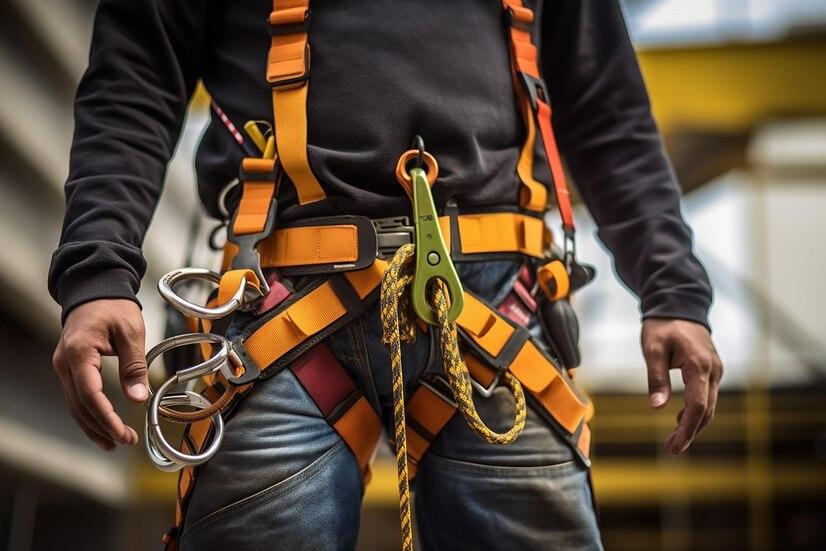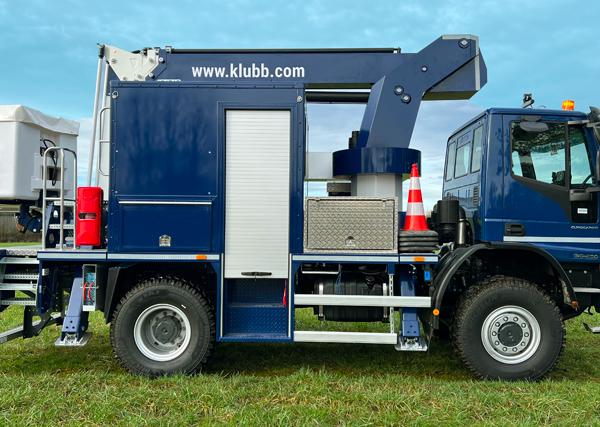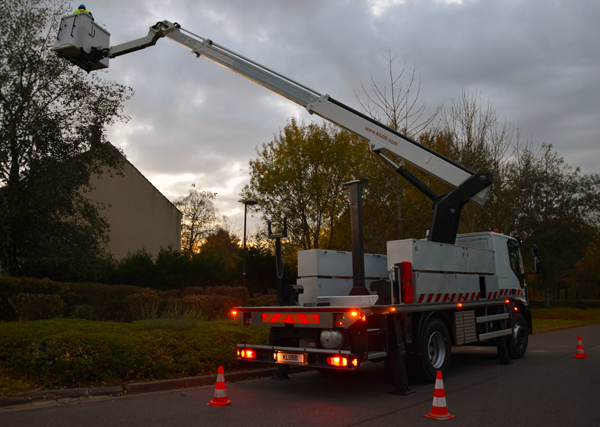
The longevity and effectiveness of your safety harness are conditioned by the quality of the materials used during the manufacturing process. Thus, some harnesses can last up to 10 years. In this article, we inform you about the current regulations and give you the keys to extend the lifespan of your harness.
Standards and regulations
Operator safety not being an option, the use of a safety harness compliant with current standards and regulations is strongly recommended. Several standards govern this Personal Protective Equipment (PPE), which protects operators from potential falls from height:
- EN 358: it establishes requirements for safety harnesses used for work positioning;
- EN 361: it specifies requirements and test methods for fall arrest harnesses;
- EN 363: it specifies general characteristics and those related to the assembly of individual protection systems against falls;
- EN 813: this is a specific standard for harnesses equipped with a belt (with sternal and lateral attachments) and thigh straps.
Verification and inspection
To ensure that a harness is in good working condition, it is recommended to verify its compliance. For this, it is necessary to regularly check the following elements: size, weight, comfort, and anchor points. At the same time, to extend the lifespan of your harness, it is important to handle and store it with care. Additionally, regular and thorough inspection of hardware, seams, labels, materials, and straps is essential.
As a reminder, any defective equipment must be immediately replaced. In case of doubt, contact the manufacturer and stop using the equipment in question.




